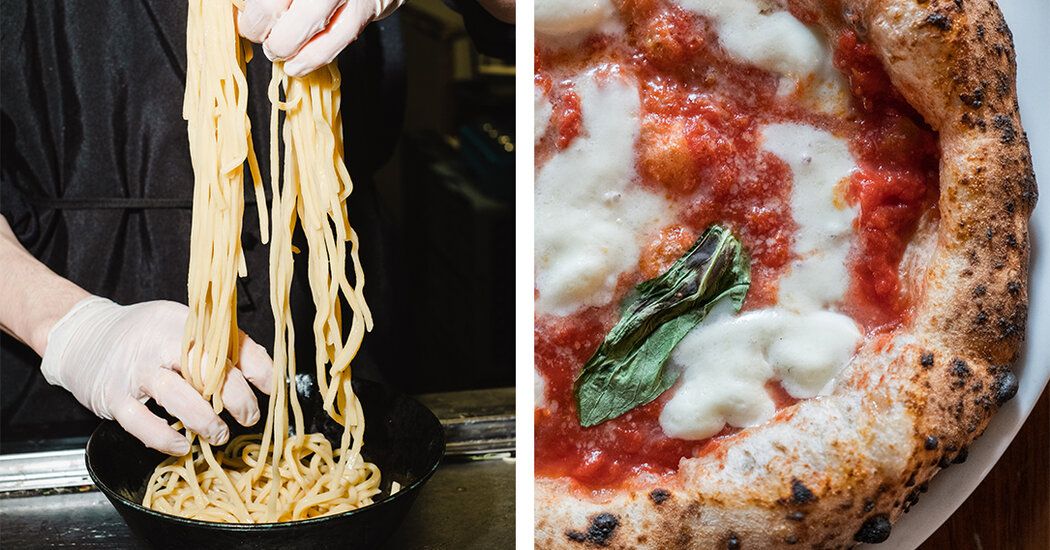How Do Certain Foods Become National Dishes?
NATIONAL DISH: Around the World in Search of Food, History, and the Meaning of Home, by Anya von Bremzen
“We have a compulsion to tie food to place,” Anya von Bremzen writes in her new book, but that compulsion, it turns out, has more to do with myth and marketing than with historical fact. “National Dish” is the story of her quest to understand why certain foods, like pizza, ramen and tapas, are adopted as symbols of their places of origin.
Von Bremzen’s journey takes her through five cities — Naples, Tokyo, Seville, Oaxaca and Istanbul — and countless restaurants, kitchens and bars as she nibbles her way to an answer. Along the way, she talks to star chefs, food bloggers, agricultural scientists and culinary historians. The result is a fast-paced, entertaining travelogue, peppered with compact history lessons that reveal the surprising ways dishes become iconic.
The author of six cookbooks and “Mastering the Art of Soviet Cooking,” a memoir of living, eating and rationing in the U.S.S.R., von Bremzen is ideally suited to this undertaking. Having exchanged Soviet propaganda for the American promise of the multicultural melting pot, she has a deep-seated skepticism for the stories nations tell to create unified identities. She is also a curious eater, keen on digging out the rich cultural background of, say, Iberian ham or pasta puttanesca — before wolfing them down. Reading this book is like traveling with someone who knows the best places to eat and the right people to meet, but who can still find joy in humble, improvised meals.
The journey begins, naturally, with carbs. In Naples, Italy, von Bremzen settles into a flat in the still ungentrified Spanish Quarter. Somewhere here, between hanging laundry, loose pit bulls and the beatific presence of Diego Maradona, is the secret to a true pizza margherita. The legend goes like this: In 1889, Naples receives a visit from King Umberto and his beautiful, charismatic queen, Margherita. The situation is tense. Italian unification has not been good for the southern economy, and is seen as a Piedmontese scheme. The royal couple from the north need to sell Naples on the idea of the nation. Margherita invites a local chef, Raffaele Esposito, to bring her pizza, a cheap street food that keeps this poor city going. He invents a version with tomatoes, mozzarella and basil, the colors of the new Italian flag. The queen loves this patriotic pie, and gives it her name.
Source: The New York Times


